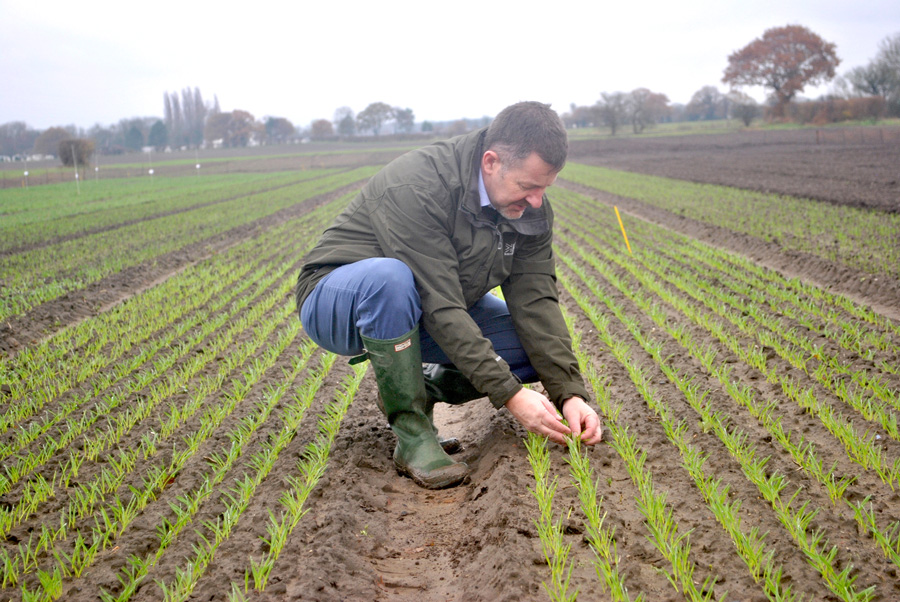Top tips when ‘over-yearing’ winter seed
15th January 2020
Cereal growers having to carry over unused winter cereal seed from this season’s washout winter into next season must take adequate steps to protect its viability, says ProCam seed manager, Lee Harker.

Where winter cereal seed is over-yeared until next autumn, consider drilling this first, suggests ProCam seed manager, Lee Harker, to take advantage of kinder establishment conditions, such as warmer soils.
Cereal growers having to carry over unused winter cereal seed from this season’s washout winter into next season must take adequate steps to protect its viability, says ProCam seed manager, Lee Harker.
If not, then losses could occur during storage, he says, and its germination in autumn 2020 could suffer, leading to potential yield reductions come harvest 2021.
“Clearly, it is impossible to predict how well every batch of cereal seed originally purchased for planting in autumn or winter 2019 will perform if drilled in autumn 2020,” says Mr Harker. “What we can say, however, is that if it isn’t stored correctly and managed properly prior to planting, it will suffer losses.
“One possible positive aspect of over-yeared seed from 2019 is that many people are comparing the current situation with the difficult 2012 to 2013 over-yearing experience. However, harvest 2012 was wetter, so seed quality often wasn’t as good to begin with, even before it was over-yeared.”
Nevertheless, Mr Harker says there are important precautions when over-yearing seed:
- Storage: Seed should be kept in original unopened bags if possible, says Mr Harker, and stored in cool, dry conditions to minimise the chance of premature germination, and protected from frost. “Ensure also that labels remain intact for easy identification of the variety and any seed treatments used,” he says, “and seal any ripped bags against moisture such as humidity or dew. Ideally, raise bags off the floor on a pallet to allow airflow and to protect against damage.”
- Vermin control: Keep vermin out of storage areas to prevent them chewing through bags and causing seed losses, says Mr Harker, either through direct feeding or more likely through seed leaking out, which then attracts more vermin. Importantly, regular checks on vermin control should be carried out through the entire storage period, he stresses.
- Germination testing: Percentage seed germination will almost certainly decline to some degree during storage, says Mr Harker, so it is essential that over-yeared seed is tested for germination before planting, and seed rates adjusted accordingly. Vigour can also be affected during storage, he says, which can’t easily be tested for. However, where seed was of good quality, with a decent thousand grain weight, he says the plump grains normally provide good food reserves to give it the strength to get away.
- Seed treatment: With the majority of seed likely to have been treated with a seed treatment, growers may have questions about the effect of this on over-yeared seed, Mr Harker acknowledges. Again, germination should be checked and seed rates adjusted accordingly, he says, since seed treatment labels often say words to the effect that seed should be planted in the season of treatment.
- Drilling order: Where winter cereal seed is carried over until next autumn, it may be worth drilling this first to take advantage of kinder establishment conditions, suggests Mr Harker, such as warmer soils.
